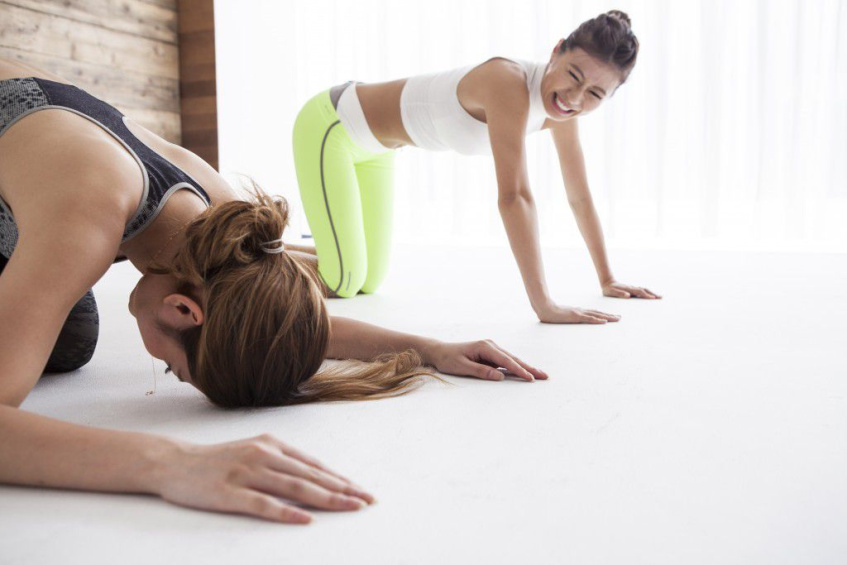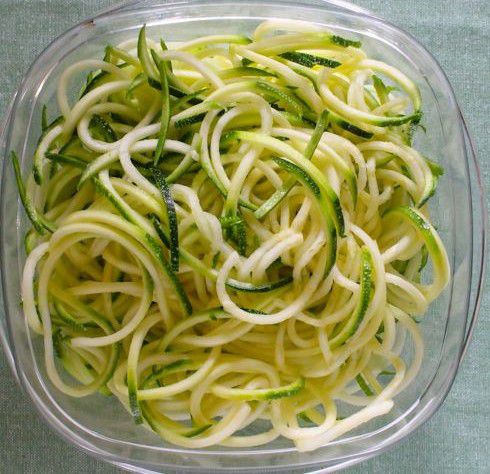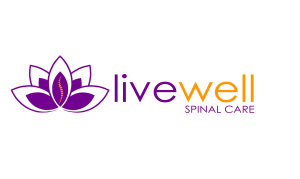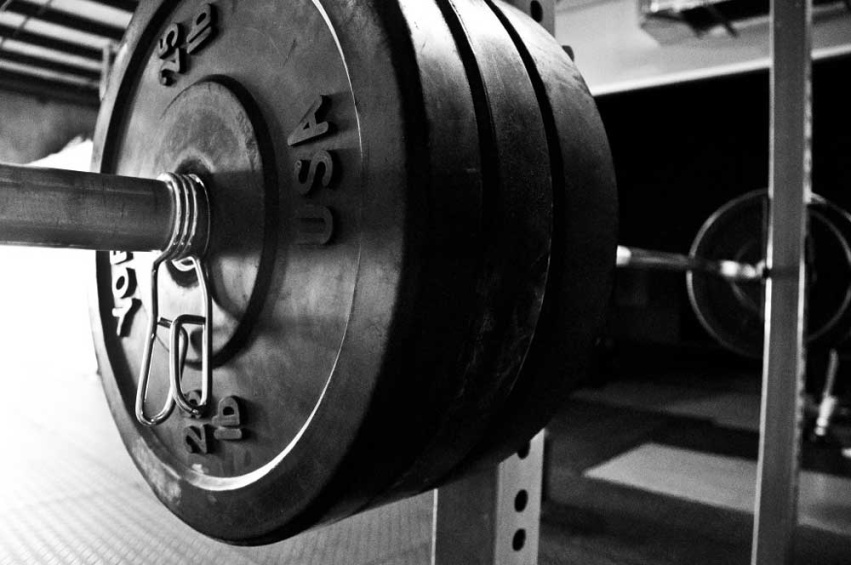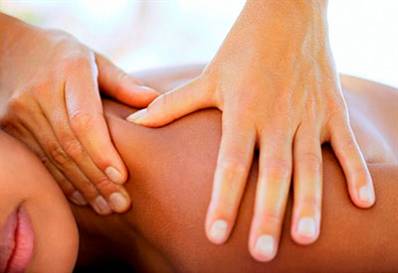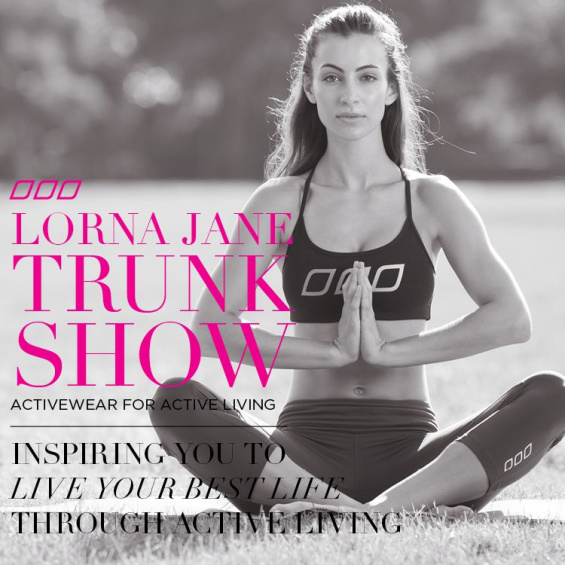Yes. Yes, it is.
When I meet a potential member, I always ask them about their goals. For the most part, I hear roughly the same answer: Lose ___ lbs., tone (insert body part), and usually something that has to do with their core – at which point they frantically point to their abdominal area. I rarely hear that someone wants to get stronger (unless I am working with an athlete), which makes me wonder if training for strength is reserved for only those with athletic performance goals? Or is it something all of us, regardless of size, shape, age, or activity, can (and should) look towards improving?
Training to be strong can benefit everyone, and should be an area we all look to drastically improve. Training for improved strength generally consists of working with a resistance that only allows for 4-6 repetitions with proper form. Most believe that they are getting stronger through classes such as body pump, boot camps, HIIT, and even some CrossFit sessions, but you really are not training for strength during these sessions. The weight isn’t heavy enough, the reps are too high, and the rest period is too short. Most of the training you are experiencing in these formats are for muscular endurance, conditioning, and hypertrophy (muscle building). These classes have amazing benefits and should be part of your training routine, however, there are also great benefits to traditional strength training.
For starters, training for strength requires a tremendous amount of neuromuscular control and activation which helps with balance, stability, and coordination. Making vast improvements in these areas translates favorably into your daily activities including walking upstairs, picking up groceries (or a child), getting up off of the ground, climbing, and running, to name a few. Further, because the primary adaptations to traditional strength training are neural, you can get considerably stronger, without added muscular development (contrary to popular belief). In other words, you can add strength without getting bigger. For all you “core” enthusiasts out there , training with heavy weights is one of the best things you can do to strengthen your hips, lower back, and abdominals, as core strength is a major factor in accomplishing a successful lift.
Another great benefit of traditional strength training is minimizing the loss of bone density (or in many cases improving bone density) as we age, particularly among females. Healthy bone density is crucial in reducing the occurrence of osteopenia and osteoporosis. Finally, strength training puts a tremendous amount of (good) stress on the connective tissue, including tendons and ligaments, which helps with joint integrity and drastically reduces the chance of injuries.
Now that you have learned about some of the benefits of training for strength, here are some guidelines to follow so you can begin to challenge yourself and mix up your routine in the gym:
- If you have never worked with heavy resistance, allow your body to SLOWLY adapt to heavier weights by starting with 2 sets of 10-12 repetitions of a lighter resistance on all exercises. After 3 weeks, increase your weight so that you can only accomplish 6-8 repetitions with proper form utilizing 3-4 sets per exercise. Following another 3 weeks at this intensity, you should be ready to tackle weights at 4-6 repetitions for anywhere between 2-6 sets.
- Begin each strength exercise with a very light warm-up set (or two) to increase blood flow, train movement patterns, and “excite” your central nervous system.
- Choose exercises that incorporate large muscles groups (Legs, Back, Chest) and are multi-joint in nature. These exercises include weighted squats/lunges , pull-ups, deadlift, overhead presses, bench press and Olympic style lifts. Extremely heavy loads are not recommended for accessory muscles (i.e.. rotator cuff exercises, bicep curls).
- Because of the added neural fatigue associated with strength training, as well as the need for perfect form, adequate rest time of 2-5 minutes is required to ensure safety and successful lifts over the course of your workout.
- If you are pressed for time or want to get more of a “conditioning effect”, you can superset (doing two exercise in successions of each other) opposing body parts (exp: Front Squats with Weighted Chin-ups) and keep your rest between supersets around 90-120 seconds. You can also superset mobility and/or accessory exercises with your lifts.
- Because of the neural adaptations associated with strength training, your ability to lift more weight will come faster than your connective tissues’ ability to withstand it, so keep your increase in weight modest (3-5% for Upper body, 5-10% for lower body exercises) on a week to week basis.
- Choose only 3-4 exercises during your strength training sessions, the remaining exercises should be designated for accessory muscle groups and /or mobility training.
- Record all your workouts, including exercises, weights, reps, sets, and rest time.
Now stop reading, grab a pre-workout meal, and go get STRONG!!!!
And if you have questions please stop in and see me, or one of the other trainers at Flow.

